
The total lunar eclipse of March 14, 2025, captured over Mexico. (Photo: Rick Kern, courtesy of Getty Images)
From September 7 to 8, the Earth will be in a direct line between the Sun and the full Moon, creating the second and final total lunar eclipse of the year.
The astronomical event will last for over five hours, culminating in a spectacular 82-minute total phase, when the Earth's giant shadow will cover the visible side of the satellite in a crimson twilight, giving the Moon its ominous nickname – the “Bloody Moon”.
Unlike the previous “bloody” eclipse on March 13-14 this year, this time viewers in the United States will not be able to witness the event. By the time it begins at 11:28 a.m. ET (15:28 UTC), the full moon will already have disappeared below the horizon in North and South America, eliminating many regions of the Western Hemisphere from viewing, according to Live Science partner Space.com.
You might be interested
-
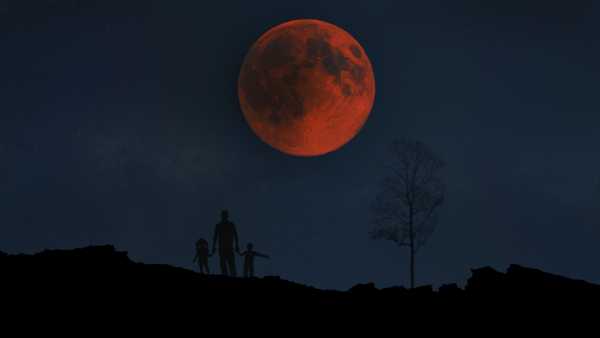
The Coming Blood Moon: Key Facts About the Total Lunar Eclipse on September 7
-
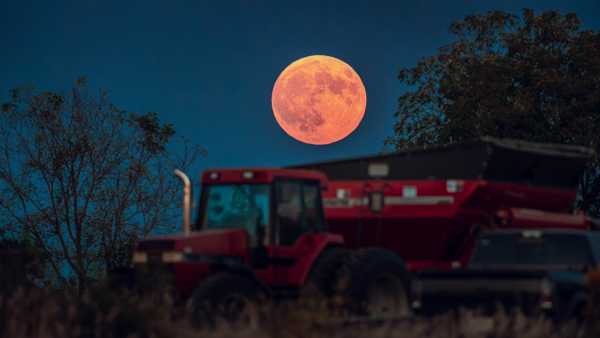
What is the date of the next full moon?
-
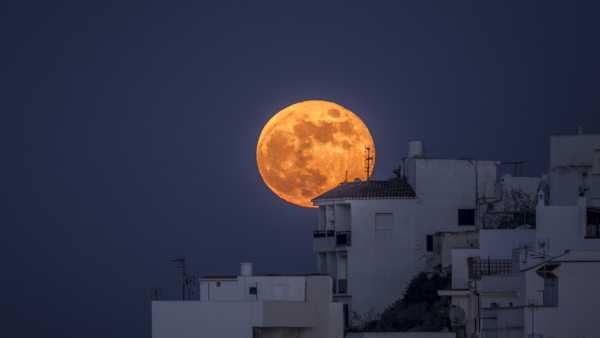
The Full Sturgeon Moon Rise This Weekend
The best viewing conditions will be in Asia and Western Australia, where more than 6 billion people (about 77% of the world's population) will be able to see the entire total phase, according to Time and Date. Astronomy enthusiasts in most European and African countries will see at least part of the total phase, ending at 20:55 UTC, and much of the subsequent partial phase, as the satellite gradually emerges from Earth's shadow.
North American viewers will still have a chance to see the rare spectacle live, however. A free online broadcast of the eclipse, hosted by the Italian project Virtual Telescope, will begin on September 7 at 1:45 p.m. ET (17:45 UTC), shortly after the moon rises in Italy. According to Time and Date, the moon will rise in partial eclipse conditions, reaching totality in about 45 minutes.
You can watch the broadcast on the project's official YouTube channel or through the embedded video player below.
Total Lunar Eclipse September 7, 2025: Live Streaming – September 7, 2025 – YouTube
Read also
Total lunar eclipses occur exclusively during a full moon, when three celestial bodies—the Sun, Earth, and Moon—are aligned. When perfectly aligned, the deepest part of the Earth's shadow (umbra) completely obscures the lunar surface from sunlight.
RELATED MATERIALS
— 10 Major Astronomical Events of 2025
— The essence of lunar eclipses
—Reasons for the red glow of the Moon during total eclipses
The reddish hue is due to Rayleigh scattering: Earth's atmosphere scatters short-wavelength blue light more strongly, while long-wavelength red rays bend around the planet and reach the lunar surface. This phenomenon, as Live Science previously explained, is what creates the “blood moon” effect.
Two weeks after the lunar eclipse, it will be the turn of the solar eclipse. On September 21, a partial solar eclipse will be visible in parts of New Zealand, Australia and Antarctica. At the peak of the event, the lunar disk will cover up to 80% of the Sun. Some Pacific islands, including Fiji, Tonga and Samoa, will see less than 30% of the Sun obscured.
TAGS Solar Eclipse

Brandon SpectorSocial Media and Science Content Editor
Brandon is the editor of the Space/Physics section at Live Science. His work has appeared in The Washington Post, Reader's Digest, CBS.com, the Richard Dawkins Foundation, and more. He holds a BA in Creative Writing from the University of Arizona with minors in Journalism and Digital Media. He is most passionate about space, Earth science, and the mysteries of the universe.
You must verify your public name before commenting.
Please log in again to enter your display name.
Exit Next
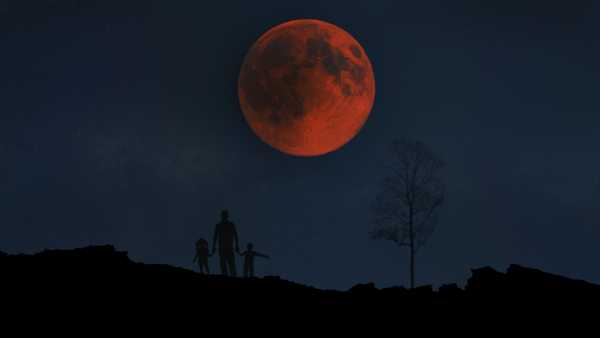
The Coming Blood Moon: Key Facts About the Total Lunar Eclipse on September 7

What is the date of the next full moon?
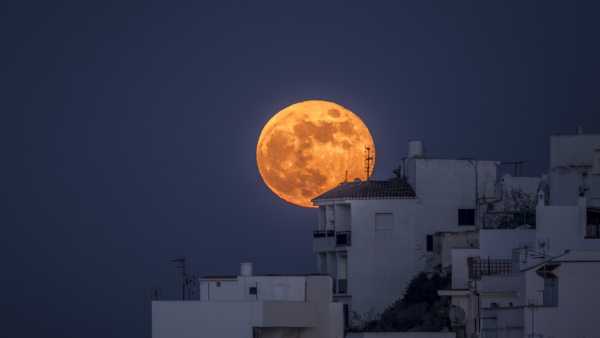
The Full Sturgeon Moon Rise This Weekend
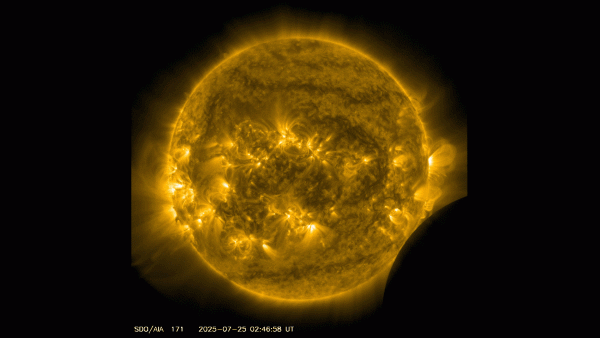
NASA Captures Lunar Movement and Solar Eclipse on the Same Day – Unique Footage
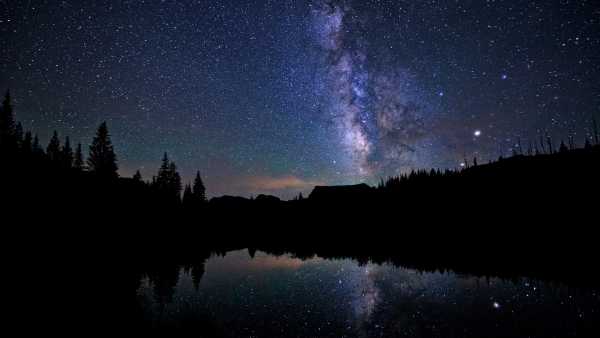
Rare “Black Moon” on the Horizon: The Essence of the Phenomenon and Possibilities of Observation
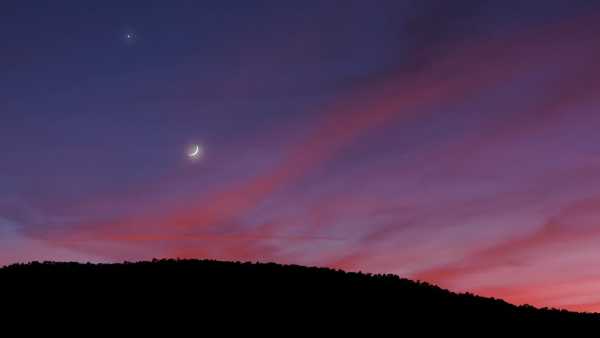
Crescent Moon, Mars and Meteors: Why July 28 is the Best Summer Night for Astronomers. Latest Lunar News

Rare “Black Moon” on the Horizon: The Essence of the Phenomenon and Possibilities of Observation
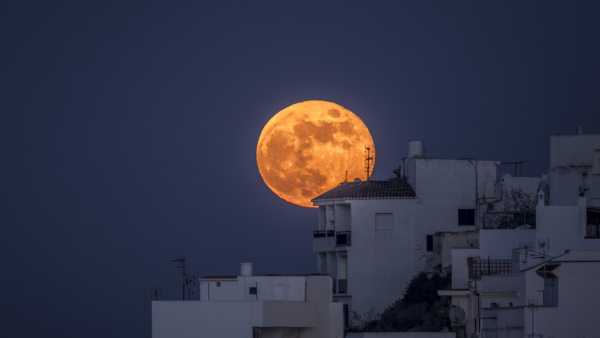
The Full Sturgeon Moon Rise This Weekend
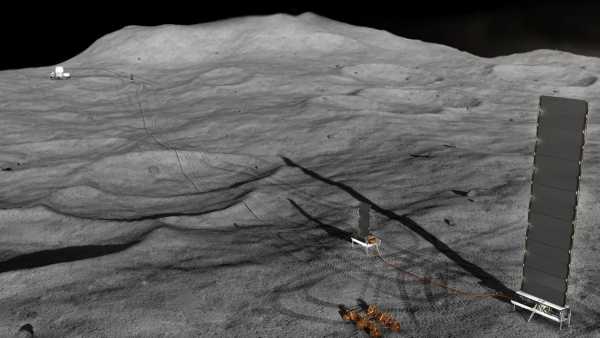
NASA Plans to Deploy Lunar Nuclear Reactor by 2030
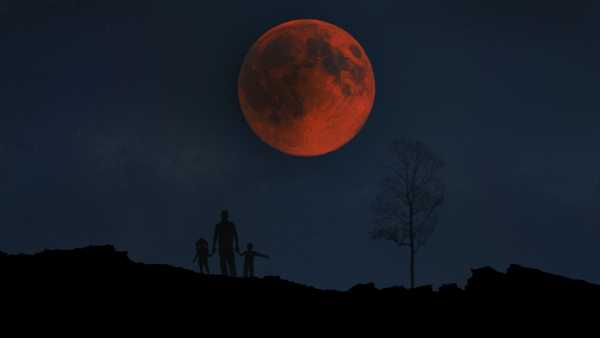
The Coming Blood Moon: Key Facts About the Total Lunar Eclipse on September 7

Scientists are exploring the famous Earthsunrise crater for signs of extraterrestrial life
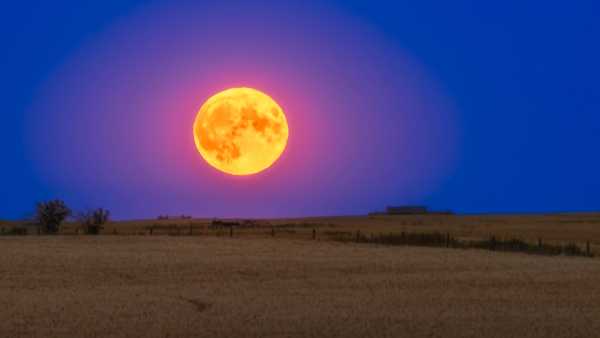
Next week the full “Deer Moon” will rise: features of the phenomenon. Latest updates

FDA warns of potentially radioactive shrimp

Breakthrough: Sheep Keratin Restores Dental Tissue

New neural implant can decode 'inner voice'

Jet jellyfish, majestic Komodo dragons and a whale rescue mission: The finalists of the 2025 Marine Photographer of the Year competition
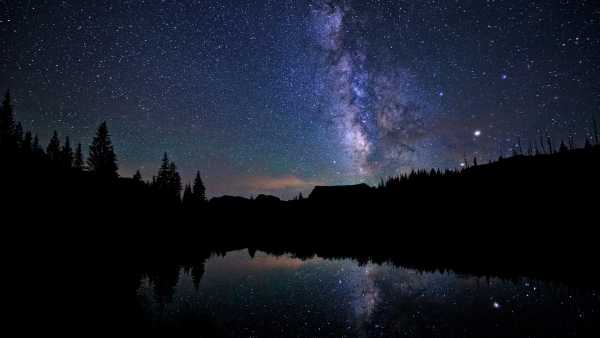
Rare “Black Moon” on the Horizon: The Essence of the Phenomenon and Possibilities of Observation

Secret X37-B Spacecraft Tests Quantum Navigation — Future GPS Replacement? POPULAR

1Japanese energy innovation brings wireless era closer
Live Science magazine is part of Future US Inc., an international media company and leading digital publisher. Visit the holding's main website.
- About Us
- Expert consultations
- Terms of Use
- Confidentiality
- Cookies Policy
- Availability
- Advertising
- Notifications
- Vacancies
- Editorial Standards
- Suggest material
© Future US, Inc. 7th Floor, 130 West 42nd Street, New York, NY 10036.
Sourse: www.livescience.com





